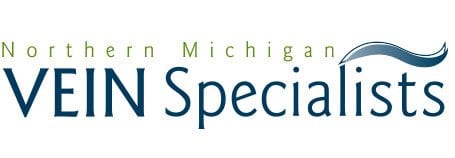The Swelling Of Lymphedema
When your veins aren’t functioning fully, especially in the legs, this can allow the blood to pool. This is the cause of varicose veins, but another more serious condition that also can develop is known as lymphedema. If a patient develops lymphedema due to venous insufficiency, there’s a good chance he or she has wound problems on their arms or legs.
For this last gasp of Michigan summer blog, let’s get into lymphedema and how Dr. Heeringa can help.
What Is Lymphedema?
Lymphedema is swelling that occurs in the arms or the legs due to a collection of too much lymph fluid. It typically affects the arms or legs but can occur elsewhere.
This sounds like venous insufficiency, which can also lead to the telltale swelling of the extremities that comes with lymphedema. While venous insufficiency can lead to secondary lymphedema, it’s important to have a specialist such as Dr. Heeringa correctly diagnose the condition.
What Causes Lymphedema?
Lymphedema is commonly caused by damage to your lymphatic system or blockage in the system. These are some of the causes of most cases of lymphedema:
- Cancer or radiation treatment for cancer
- Parasites
- Infection in the lymph nodes
- Surgery
- Lymph node removal
- Injury to the lymph nodes
What Are The Signs A Person Has Lymphedema?
- Swelling of part or all of your leg or arm, including the digits.
- A feeling of heaviness or tightness
- Restricted range of motion
- Aching or discomfort
- Recurring infections
- Hardening and thickening of the skin (fibrosis)
Wound Care In Patients With Lymphedema
When a patient’s vascular or lymphatic function are impaired, any injury to the skin can lead to infection and incomplete healing of the wound. This is a dangerous situation and needs attention from a specialist such as Dr. Heeringa. These are some treatment steps he may use:
- Aggressive administration of antibiotics to avoid cellulitis
- Debridement to remove necrotic tissue
- Gentle scrubbing and irrigation of the wound
- Compressive and non-adhesive dressings to help with wound healing and to avoid deep venous thrombosis
- Massage therapy to help with fluid drainage
- Exercise involving gentle muscle contraction
- Applying either radiofrequency ablation or sclerotherapy to address the underlying venous insufficiency and venous hypertension
- Application of Apligraf as needed to help with venous ulcer healing
- Utilization of both CircAid and Flexitouch systems to help manage swelling
If you have swelling in your arms or legs, it can be a sign of venous insufficiency or lymphedema. Either way, Dr. Heeringa needs to examine your situation and set up a treatment plan. Call us at Northern Michigan Vein Specialists, (231) 936-2068, to set up your appointment.
